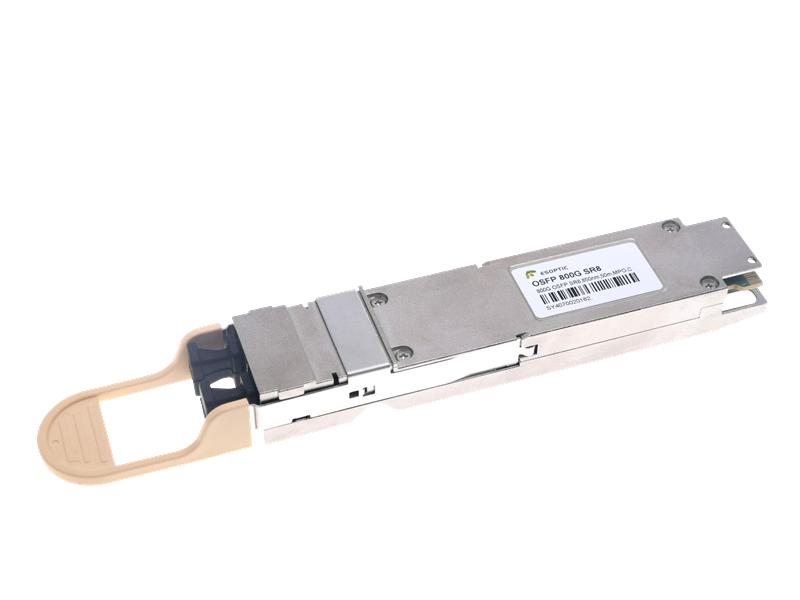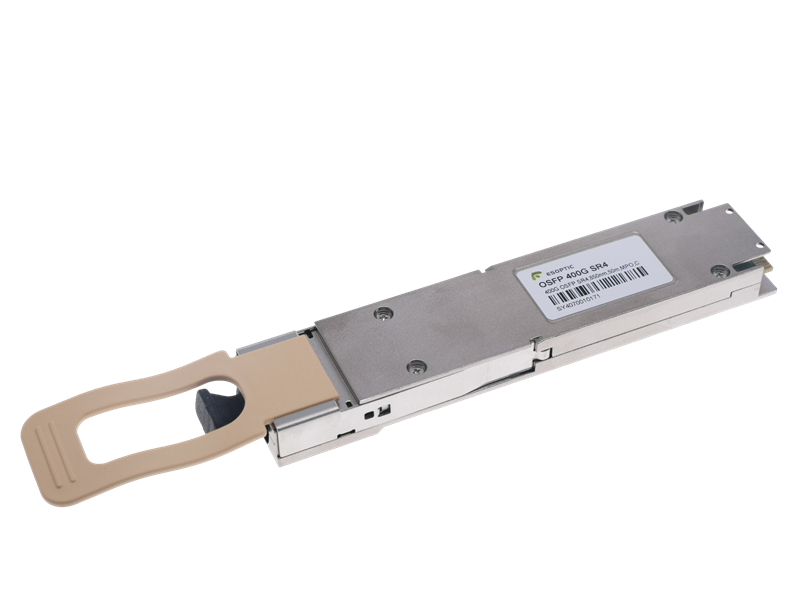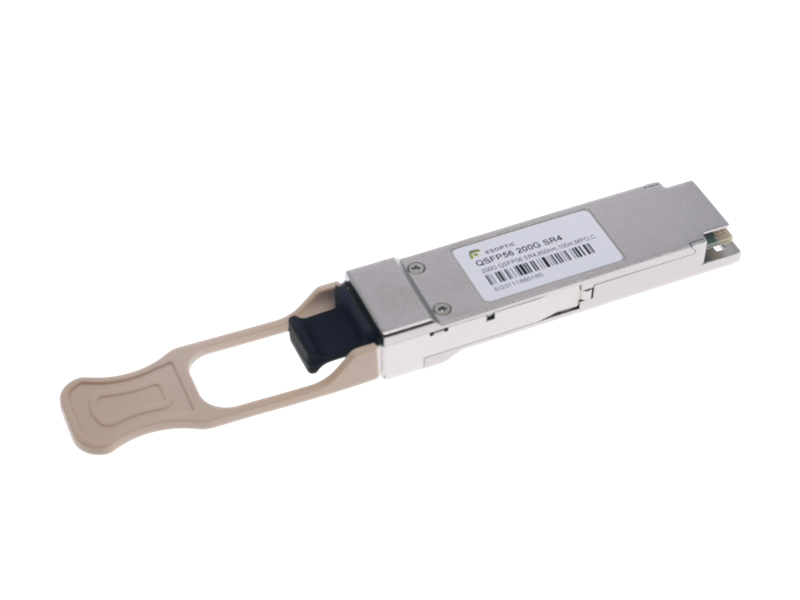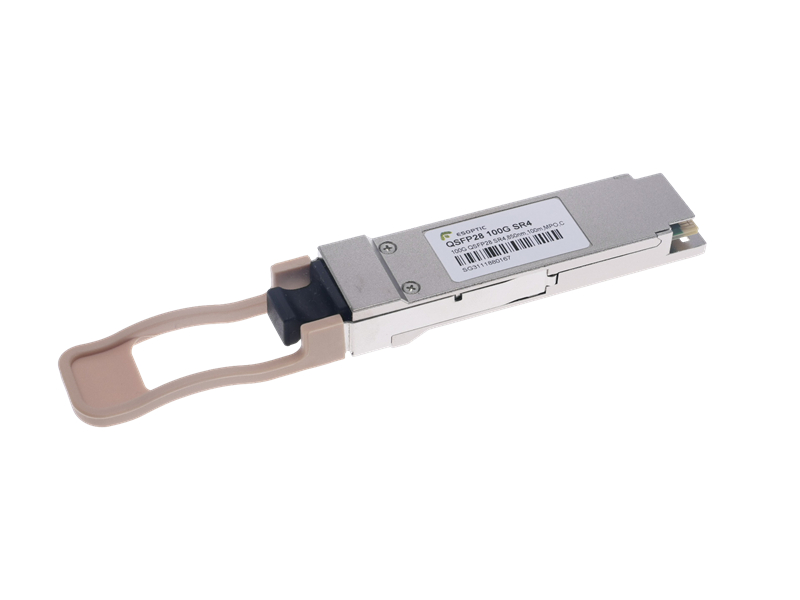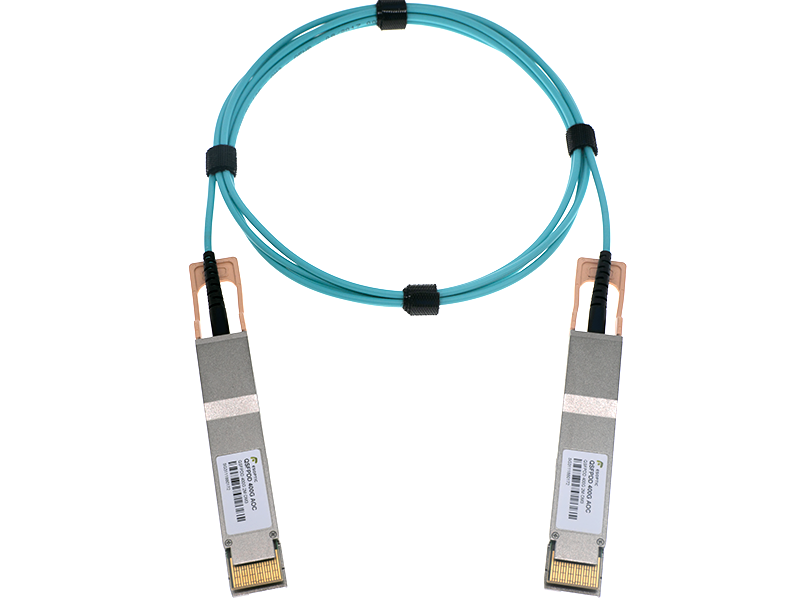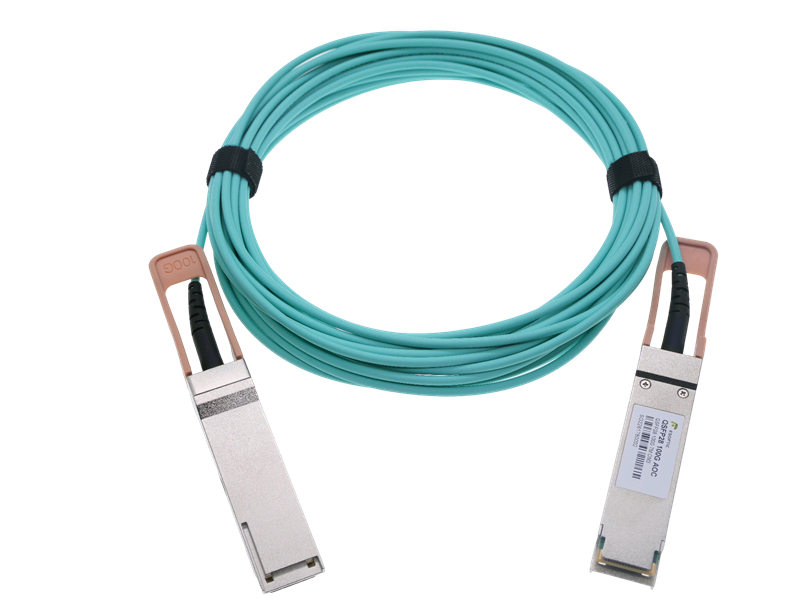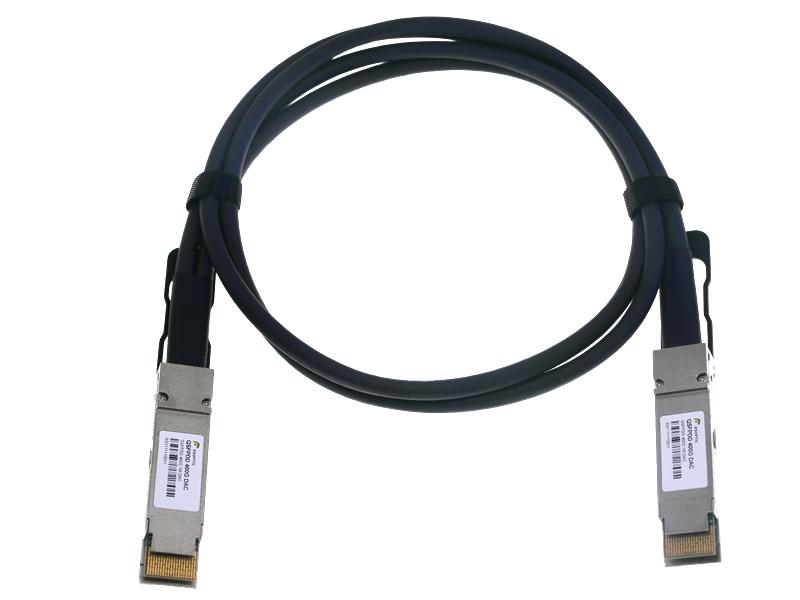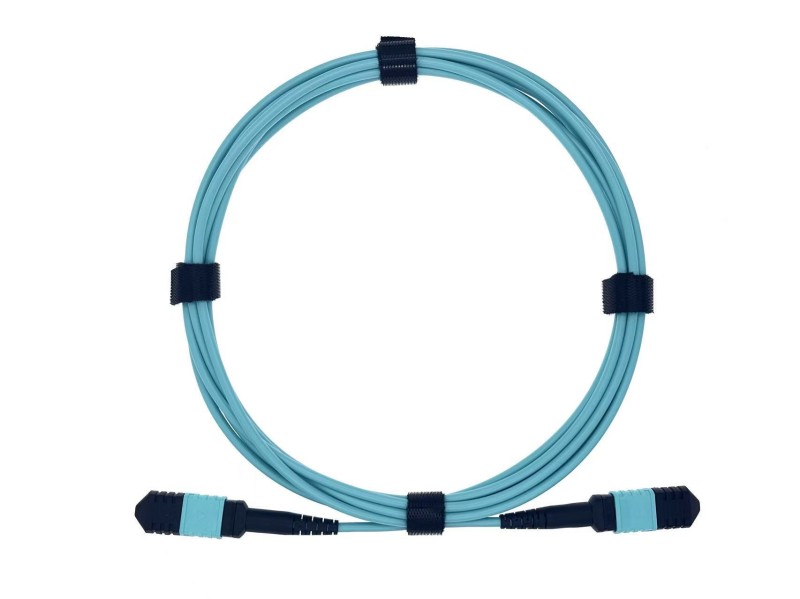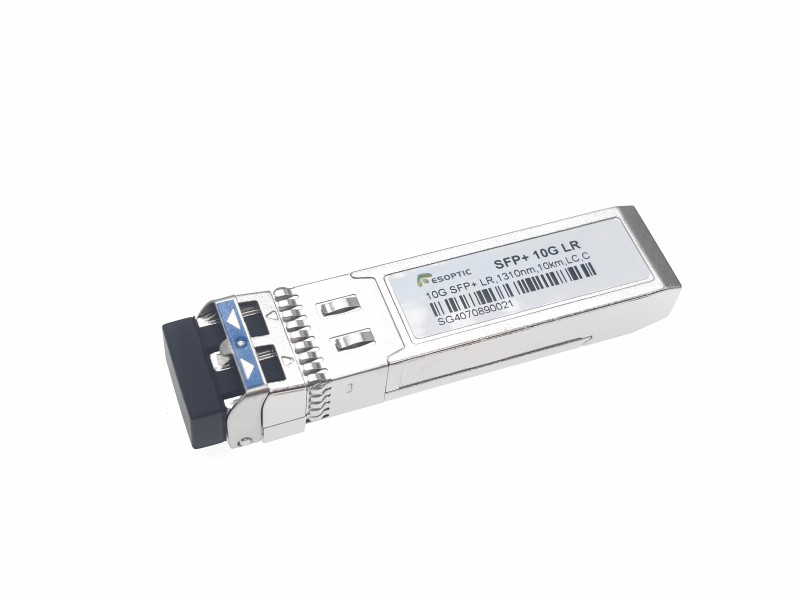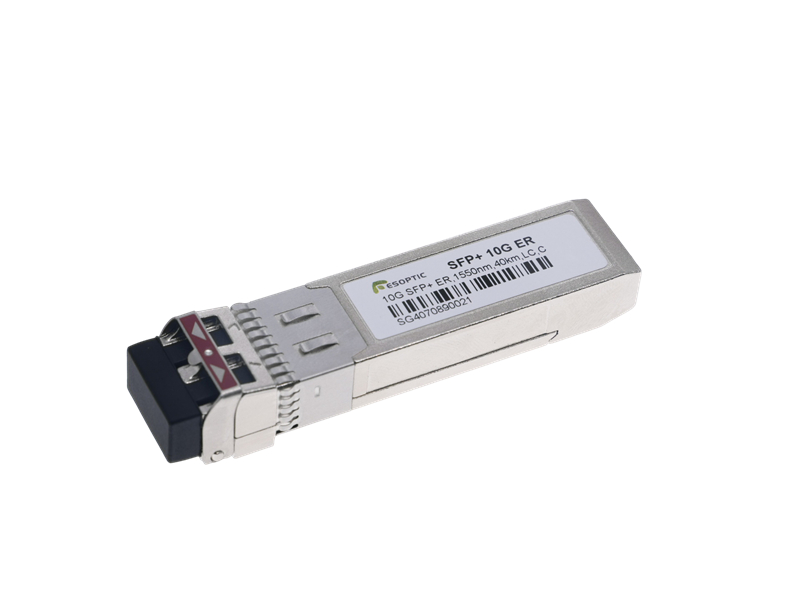In the world of high-speed networks, 10G optical modules are the unsung heroes keeping data flowing between switches, servers, and storage. But even the best hardware—yes, even modules from seasoned manufacturers like ESOPTIC—can encounter issues in the field. Understanding the common failures and practical troubleshooting steps is essential for network engineers, IT administrators, and data center managers alike.
This guide provides a comprehensive breakdown of 10G optical module troubleshooting scenarios, combining real-world insights with hands-on solutions. Whether it's signal loss, link flapping, or module misidentification, we've got you covered.
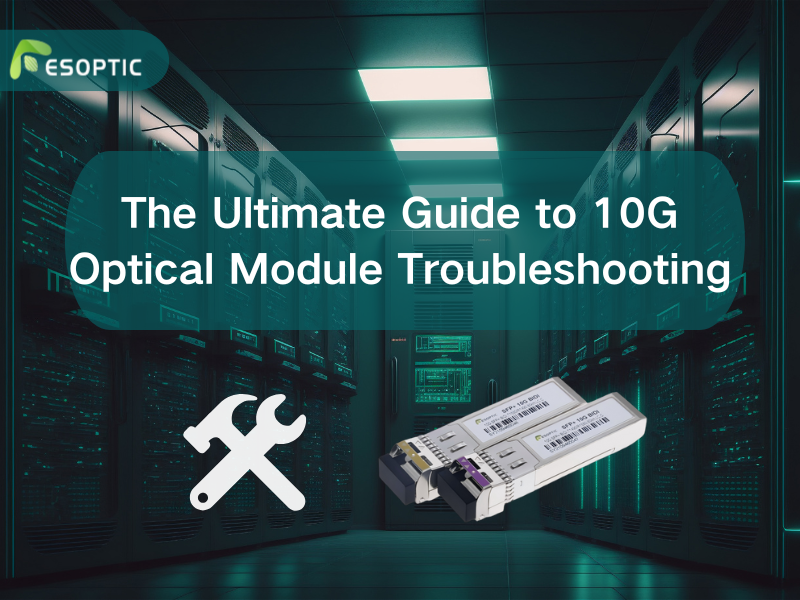
Common Faults in 10G Optical Modules
No Link / Link Down
This is the most frequent issue. Causes range from incompatible modules and dirty fiber connectors to incorrect configuration at either end. Always check optical power levels and SFP compatibility first.
High Bit Error Rate (BER)
When packets are dropped or corrupted, suspect dirty connectors, aged modules, or excessive transmission distance. Use an optical power meter and cleaning tools before replacing the module.
Module Overheating
Some modules generate more heat than others. Insufficient airflow or a faulty transceiver can result in performance degradation. Monitor temperature via the DDM (Digital Diagnostics Monitoring) feature.
Unsupported Module Detected
Many switches reject third-party modules without vendor approval. Thankfully, ESOPTIC’s 10G optical modules are coded for wide compatibility across Cisco, Juniper, H3C, and more.
Intermittent Link Flapping
Loose connections, vibration, or borderline signal strength often cause link instability. Secure all connections and inspect cables for damage.
Troubleshooting Methods
Visual Inspection
Always begin with the basics. Check for physical damage, bent pins, or connector contamination.
Clean Before You Swap
Use lint-free swabs and optical-grade alcohol to clean transceivers and patch cords. Over 70% of module failures are linked to contamination.
Test with Loopback and Replacement
Loopback tests can isolate whether the fault lies in the module or the link. When in doubt, swap with a known-good ESOPTIC 10G optical module.
Firmware & Compatibility Check
Refer to vendor compatibility lists. Ensure switch firmware supports the transceiver model.
Monitor DDM Parameters
Look at real-time values like temperature, voltage, TX/RX power. Outliers can indicate failure before a full outage occurs.
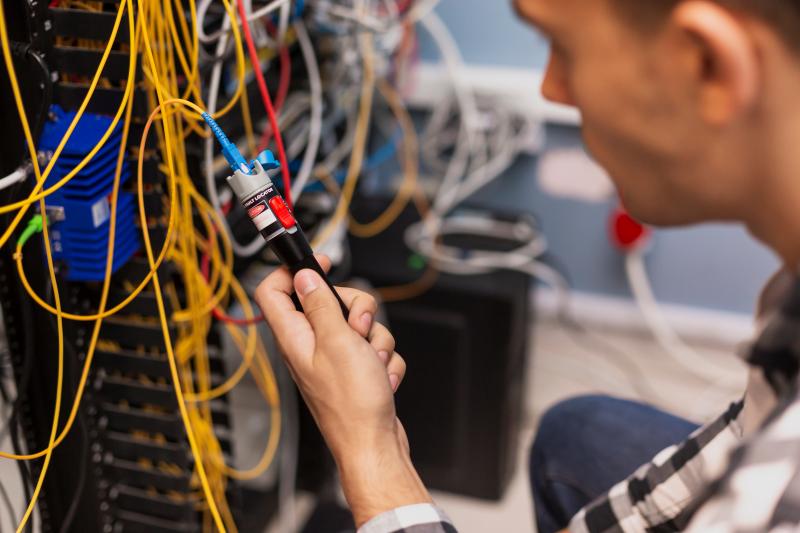
Why Choose ESOPTIC?
With over a decade of experience in optical transceiver manufacturing, ESOPTIC offers high-performance 10G optical modules that undergo strict testing, including eye diagram analysis and compatibility verification. Our modules are known for stability, affordability, and reliability across global deployments.

FAQs
Q1: What’s the typical lifespan of a 10G optical module?
A1: Usually 5–7 years under standard operating conditions. Environmental factors like temperature and dust may shorten that.
Q2: Can ESOPTIC 10G modules work with Cisco and Juniper switches?
A2: Yes. ESOPTIC modules are programmed for multi-vendor compatibility, including Cisco, Juniper, Huawei, and more.
Q3: How do I identify whether the issue lies in the module or the fiber?
A3: Use loopback tests and optical power meters. Swapping modules can help isolate the problem.
Q4: Do ESOPTIC modules support DDM?
A4: Absolutely. All ESOPTIC 10G modules come with Digital Diagnostics Monitoring enabled.
Q5: Are ESOPTIC modules hot-swappable?
A5: Yes. All 10G optical modules from ESOPTIC are fully hot-swappable per the SFP+ MSA standard.


